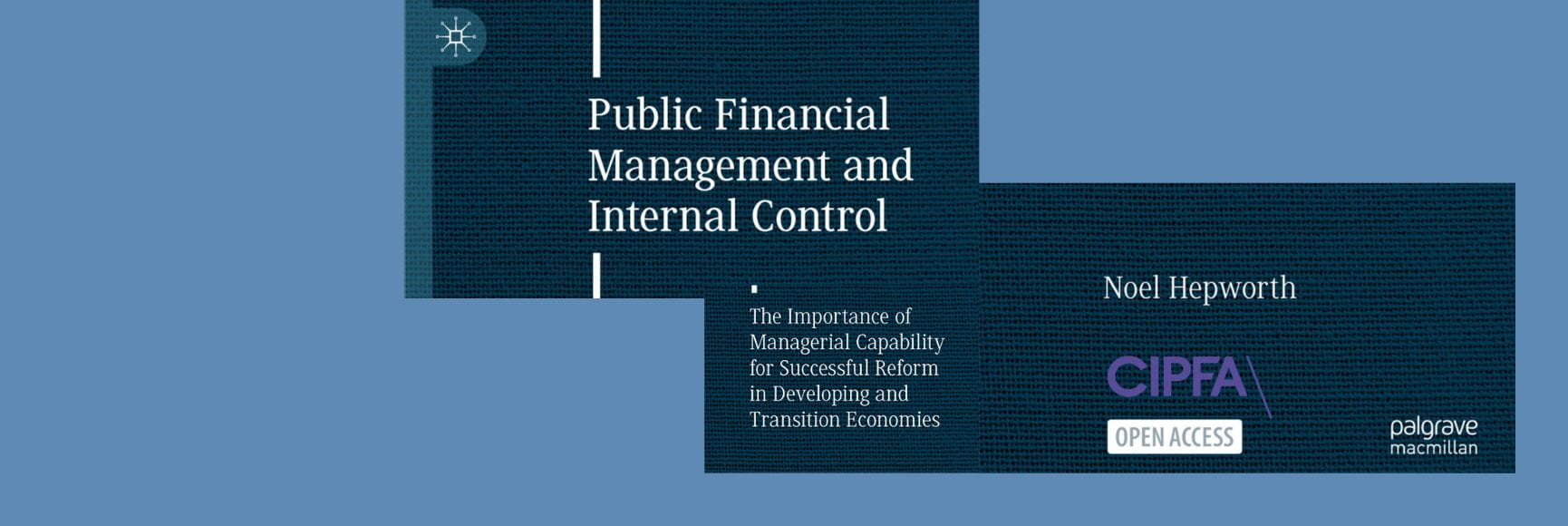
Posted by Richard Allen[1]
Two kinds of PFM reform sequencing can be identified in the literature. First, horizontal sequencing refers to the steps taken over time to modernize one specific type or area of PFM. Allen Schick in his famous 1990s presentation on “Look Before You Leapfrog” discussed this type of sequencing which emphasized the importance of doing the basics first. For example, a country should focus on putting in place an effective system of internal control before it implements internal audit (which is only useful once a credible set of controls has been established). A similarly progression would move from basic cash accounting to accrual accounting, or from the preparation of an annual budget to a medium-term budget framework. This type of sequencing is simple, logical and straightforward, though frequently not observed by developing countries (or their advisors) who leap directly into more advanced forms of budgeting (program budgeting and accrual accounting are common examples) before the basic elements are in place.
The second form of sequencing may be called vertical sequencing, namely the selection of those PFM reform objectives that a country should prioritize among a very large menu of possibilities. The literature, however, has largely drawn a blank about the issue of selection—what a country should choose to do first, second and third in designing its PFM reform strategy, and what criteria should be applied in taking such decisions. Should eliminating spending arrears be chosen before building capacity in macro-fiscal forecasting and analysis? What degree of priority should be given to upgrading debt management or the legal framework for public finance and budgeting? These are important questions on which 101 different answers can (and often have) been given, most of them based on loose or absent criteria.
The “platform approach” represented a combination of horizontal and vertical sequencing. Its selection of PFM reform areas on which to focus the initial platform was an example of vertical sequencing, while the spreading of reforms across a series of platforms that took place during subsequent time periods developed the idea of horizontal sequencing. Both types of sequencing are essential to good decision-making. Despite its logical appeal, the platform approach failed largely because the criteria for selecting which PFM elements to include in the initial platform and subsequent platforms were not clearly defined and did not adequately reflect a country’s level of development and capacity for reform, or the political economy of the reform process.
While not pretending to establish a rigorous analytical framework for answering the questions posed above, here are a few possible steps or a third way that might help to identify priorities and organize a subsequent dialogue on the sequencing of reform.
A first step is to ask what comprises a country’s overall strategy for fiscal policy and PFM reforms. For many developing countries, two primary policy objectives are to strengthen fiscal discipline and improve the credibility of the annual budget. These should be regarded as foundation stones of a sound and reliable PFM system. A country’s medium-term fiscal strategy statement or its annual budget documents, for example, may be useful sources for identifying a country’s short term and medium-term PFM reform priorities. If a country has a program with the IMF, the program may include specific benchmarks or conditions such as bringing spending arrears under control or establishing a treasury single account.
Second, establish a simple, practical and pragmatic selection process to identify the four or five most important or urgent PFM reform projects that should be given priority over the next few years. Decisions on the selection of these projects could draw on a range of diagnostic reports such as PEFA assessments, TADATs, and Fiscal Transparency Evaluation reports, as well as relevant technical assistance reports from the IMF, the World Bank and other reliable sources, or in the case of emerging market economies assessments made by the country itself. At this stage, the sources of deficiency in PFM performance should also be assessed. Are the main causes a lack of technical capacity, inefficient IT systems, or political override of the finance ministry’s macroeconomic or revenue projections?
Third, assess the possible obstacles (technical, institutional or political) to making improvements in the areas identified. Would a specific reform be relatively easy to achieve, moderately challenging, or extremely challenging? Reforms that are deemed too challenging could be screened out at an early stage. Bringing down the list of potential reforms initiatives to a manageable size, which is aligned with a country’s fiscal and political priorities, should ideally center around a dialogue with senior finance officials and politicians.
In practice, history suggests that very few countries—developing, emerging, or advanced—can manage successfully more than a very few major reform projects at one time. By contrast, a PFM reform strategy of one low-income country that I reviewed recently included more than one thousand objectives, outputs, activities and sub-activities. Such an approach to reform is wholly unrealistic. Taking account of the limits on human capacity, a broad rule of thumb might be that no more than one or two major PFM reform initiatives be considered every few years in a low-income country, perhaps 2 or 3 such initiatives every few years in an emerging market economy, and up to 3 or 4 reforms at a time in a high-capacity country. Put aside those mega PFM reform strategies!
[1] Visiting Scholar, Fiscal Affairs Department, IMF, and Co-Editor of the PFM Blog. The author is grateful to Taz Chaponda, Teresa Curristine, and Jens Kristensen for helpful comments on an earlier version of this article.
Note: The posts on the IMF PFM Blog should not be reported as representing the views of the IMF. The views expressed are those of the authors and do not necessarily represent those of the IMF or IMF policy.







